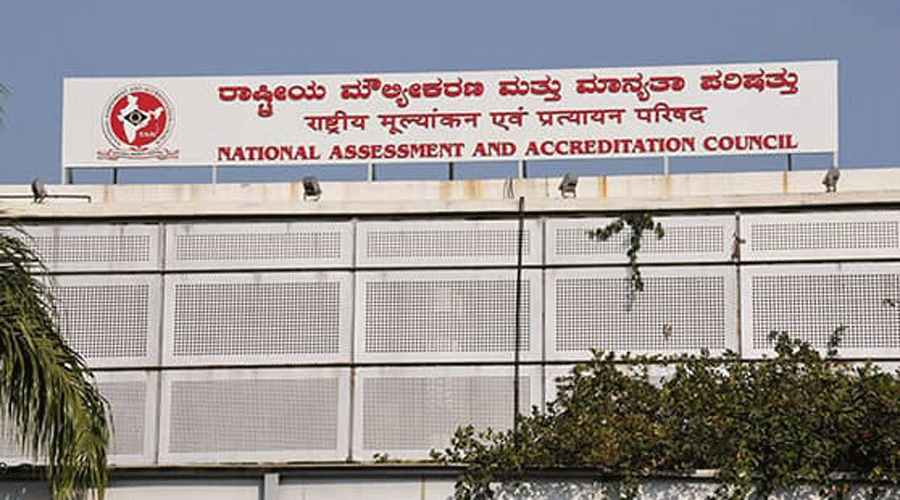Some of the colleges in West Bengal are shedding their usual opposition to get themselves accredited by the National Assessment and Accreditation Council (Naac) so they can apply for funds under various schemes from the UGC.
The Telegraph reported in December 2015 that out of the 500 and odd general degree colleges in West Bengal, only 72 had been accredited by the Naac.
A senior official in the higher education department said on Thursday the number had gone up to 97 and another 54 colleges are in the process of getting themselves accredited. On Tuesday, Bethune College bagged an A+ from the Naac.
“The college had earlier, in the second cycle of the Naac assessment, got an A. But in the third cycle, the results of which were announced on March 21, we got an A+ grade. An enhanced ranking in Naac assessment would certainly help us procure funds from the bodies like the UGC and DBT (department of bio-technology),” said Sudeshna Mitra, coordinator of the internal quality assurance cell at Bethune College.
The government college scored 3.26 on a scale of 4.
Naac assesses a college in parameters like curricular aspects, teaching-learning and evaluation, research, innovations and extension, infrastructure and learning resources, student support and progression, governance, leadership and management, and institutional and best practices.
Behala College, a government-aided college in southwest Kolkata’s Parnashree, has got the highest grade, A++, having scored 3.58. “The college was reaccredited with an ‘A’ grade in the second cycle of Naac assessment. This time we have bagged the highest grade,” said Sharmila Mitra, principal of Behala College.
“An improved grade will help us apply for funds under schemes like Rashtriya Uchhatar Shiksha Abhiyan (RUSA), which supports state-level institutions.” An official in the state education department said what was more encouraging was that the urge for getting accredited had gone beyond the marquee colleges in the city. “A stellar performance by Behala College is indicative of that. The lesser-known colleges have jumped into the fray to get themselves tested. The list of 97 colleges includes many such colleges,” said the official.
The increase in the number of accredited colleges stands out, said a vice-chancellor, especially because of the opposition West Bengal had once nurtured to Naac assessment, particularly during the Left Front rule. “The Left had a philosophical opposition to Naac assessment because they perceived any visit by Naac as an interference by the Centre. So, apart from the handful of colleges like St Xavier’s College, Ramakrishna Mission-run institutions and a few government colleges, institutions did not feel any urge to open themselves up to a Naac assessment,” the VC said.
The general degree colleges, he said, were hardly interested in preparing a self-study report, an exhaustive exercise, without which the Naac does not inspect a college.
In the report, a college is required to mention its performance in categories such as teaching-learning and evaluation, research and graduate outcomes over the previous five years. The UGC had made the Naac accreditation compulsory for all colleges in the early 2000s but only a few bothered to get the rating. The regulatory body was never strict on the matter. After repeated reminders fell on deaf ears, the UGC decided to be strict in disbursing funds and set March 2017 as the deadline for getting the accreditation.
